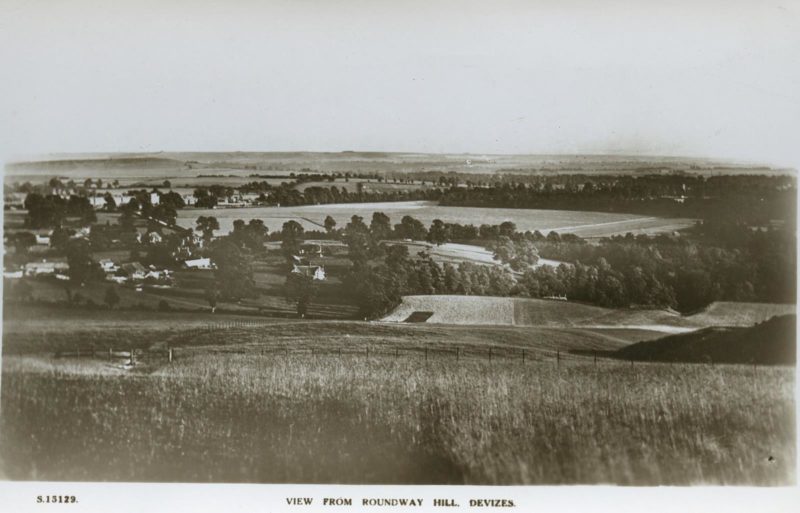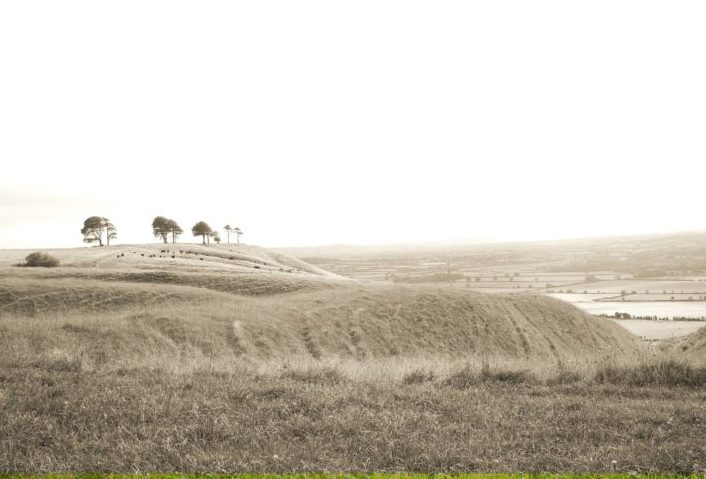England. 1642. The First English Civil War has just begun with King Charles I fleeing London to Oxford after attempting to arrest members of Parliament on charges of treason. Both groups, Parliamentarians and Royalists began to recruit troops to fight against each-other.
By 1643, the Civil War had become a stalemate, with both sides dealing devastating damage to each-other. After a pyrrhic victory at the Battle of Lansdowne, the Royalist forces of Lord Hopton attempted to return to Oxford to resupply. However, the forces of Sir William Waller, who Hopton had driven from Lansdowne Hill, had set up positions on Roundway Down, barring Hopton’s retreat to Oxford. Unable to turn back, the forces of Hopton decided to their position within Devizes itself. While Hopton himself and his Cornish Infantry stayed within the town itself, a cavalry group was dispatched with Prince Maurice of the Rhine-Palatinate to ride to Oxford to gather reinforcements to relieve Hopton. Soon after Maurice’s Cavalry left Devizes, Waller’s troops began a siege of Devizes itself, positioning cannon on the Down to bombard the Royalist position.
While Devizes was laid siege to, Maurice had successfully reached Oxford, gaining the help of Lieutenant General of Horse, Lord Wilmot. Leaving Oxford late on July 10th, Wilmot commanded 1,500 cavalry and two artillery pieces, as well as the 300 cavalry of Prince Maurice. Three days later, on July 13th, Wilmot and Maurice reached the besieged town. In an attempt to warn the Royalist defenders of the ensuing battle, two shots were fired from Sir Wilmot’s guns. While notifying the defenders of their arrival, this also allowed the besieging Parliamentarian forces to reform prior to the battle, turning what would have been a surprise attack into a pitched battle.
Both forces reached each other on the slopes of Oliver’s Castle with the Parliamentarians forming a traditional battle formation, with infantry and artillery in the centre and cavalry to the flanks.
The Royalist forces attacked the left flank of the Parliamentarians, which comprised of armoured cuirassiers on horseback. Though fighting uphill was seen as equivalent to suicide during a battle, the Royalist forces pushed up Oliver’s Castle. The Parliamentarian flank was, however, disorganised and became increasingly so after they were attacked. The Parliamentary Left-flank eventually buckled and was routed. In a similar fashion, the right-flank buckled under royalist pressure. However, some of the troops that fled unwittingly ran into a precipice near Oliver’s Castle. The precipice was known as “the Bloody Ditch” from then on.
With both flanks dealt with, all the Royalist forces converged on the Parliamentary Center. With their comrades fleeing, the Center quickly routed, winning the battle for the Royalists and lifting the siege of Devizes.
The Battle was seen as one of the greater Royalist victories, often being referred to as the “Battle of Runaway Down” due to the fact that the Parliamentary forces fled so easily, especially as they had an advantageous position on Oliver’s Castle. Due to the destruction of the Parliamentarian force, the Royalists later took Bristol, starting a period of success for the Royalist cause known as the “Royalist Summer”.
By Cameron Chamberlain, 20



